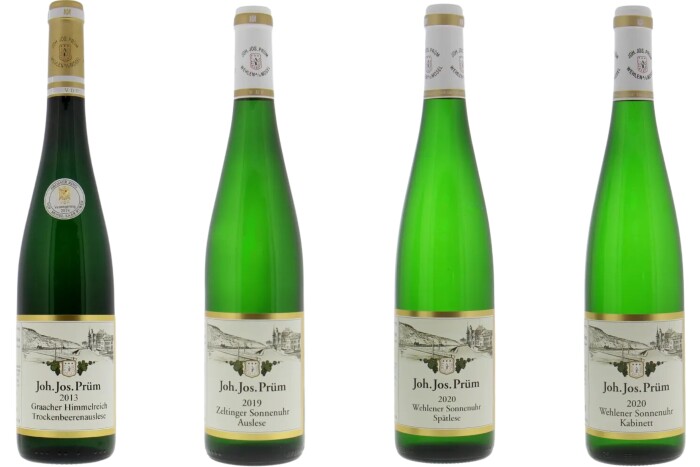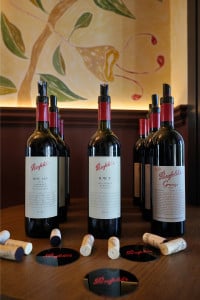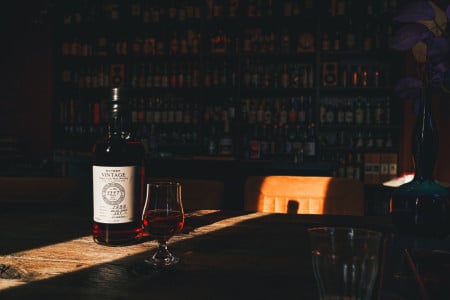Trockenbeerenauslese: a sugar-sweet coronation
When botrytis affects a grape to such an extent that all the berries appear shrivelled and dried out, the majestic time of Trockenbeerenauslese (literally ‘dry berry selection’) has come. For this special wine, 150 degrees Oechsle is the obligatory minimum must weight. However, many TBAs exceed this value many times over.
With Trockenbeerenauslese, we have arrived at the pinnacle of predicate wines. Candied fruits, honey and raisins dominate the nose and palate. When fully matured, these aromas become even more intense and complex. Added to this is a fantastically balanced interplay of sweetness and acidity.
A Trockenbeerenauslese can take an eternity to mature, for example the TBA's from Joh.Jos.Prum. Twenty, thirty or more years are not uncommon. However, TBAs are very rare. This is because the conditions for the grapes and the botrytis fungus must be absolutely perfect. In addition, an enormous amount of manual labour is required. Both factors together make a Trockenbeerenauslese a rarity – and expensive. But it is more than worth it.






